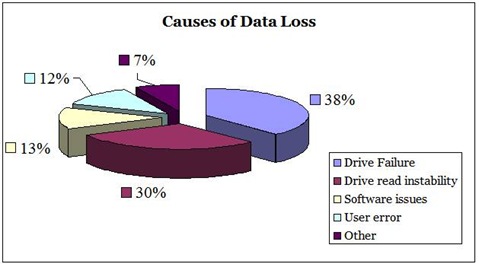
Join Data Recovery Union Free, Improve Your Data Recovery Business
 With the rapid development of internet, the data storing market is growing fast. Data recovery industry as the ramification of data storage is also facing the golden opportunity. However, data recovery is a more competitive business. How to stand out in the thousands of data recovery companies?
With the rapid development of internet, the data storing market is growing fast. Data recovery industry as the ramification of data storage is also facing the golden opportunity. However, data recovery is a more competitive business. How to stand out in the thousands of data recovery companies?
Here is a good chance for you: join our Data Recovery Union. We will publish your company information on our website: www.datarecoveryunion.com to help your company be found easier by the clients. This is free of charge.
5 reasons to join Data Recovery Union:
- Please try to type “data recovery company” in search engines, you will find our website in first pages.
- Join in Data Recovery Union, your website will get a high quality backlink. You know the high quality backlinks are the important factor in the search ranking.
- You will also get 3 subpages links beside the homepage link.
- We spend hundreds of dollars to promote this website. No doubt you can get the benefit from it.
- Join in Data Recovery Union, you will be able to communicate with the clients from all over the world and do business with them.
Please Note:
- You site should be data recovery related.
- The Info you provide should be reliable.
- We have the rights to change your text if it is not suit to us.
- We have the rights to reject your offer.
Whether you are the famous data recovery companies or the new established companies, join us now and get the benefit now.



 Server and Personal Computer Tape Backup systems using 4mm DAT, Travan, Exabyte 8mm, LTO and the various QIC formats are popular and necessary to safeguard your data.
Server and Personal Computer Tape Backup systems using 4mm DAT, Travan, Exabyte 8mm, LTO and the various QIC formats are popular and necessary to safeguard your data.




